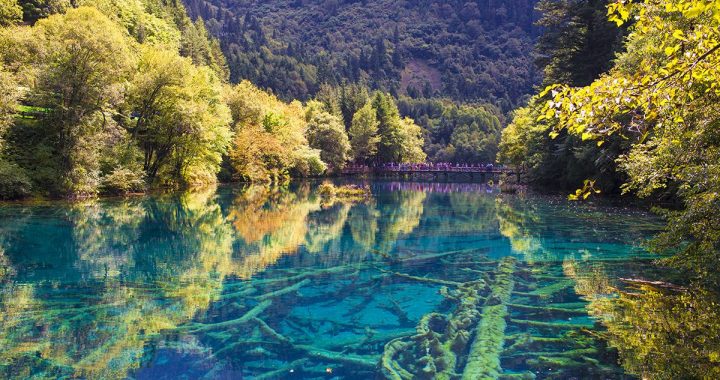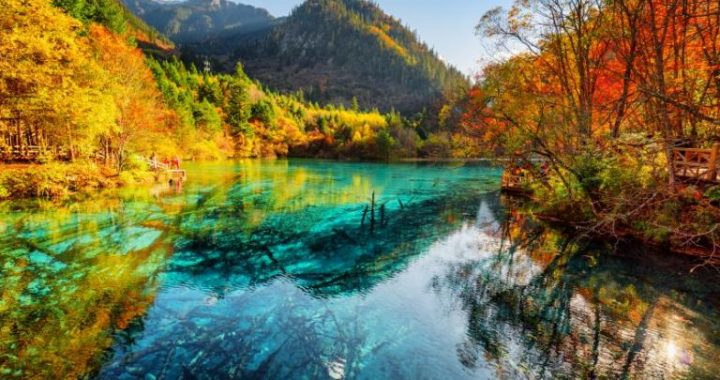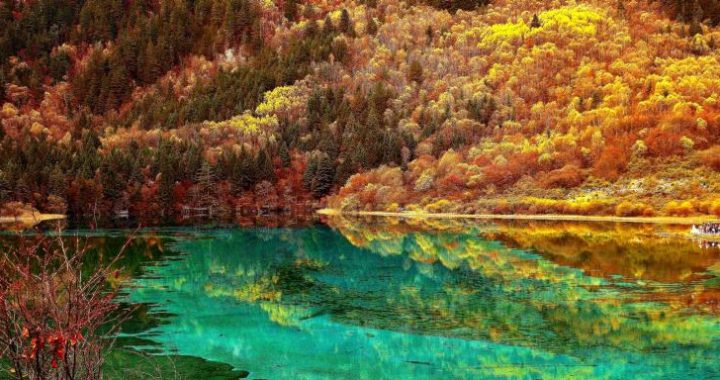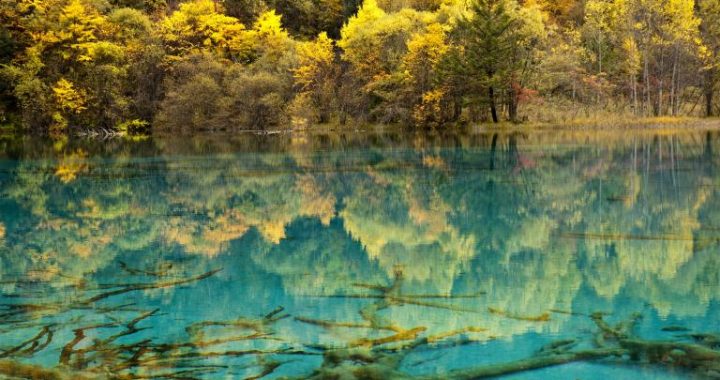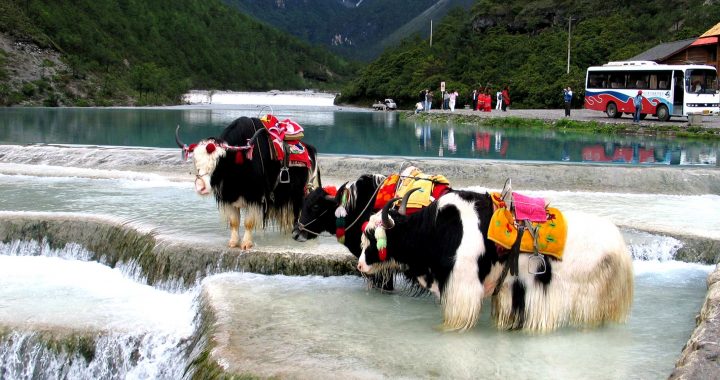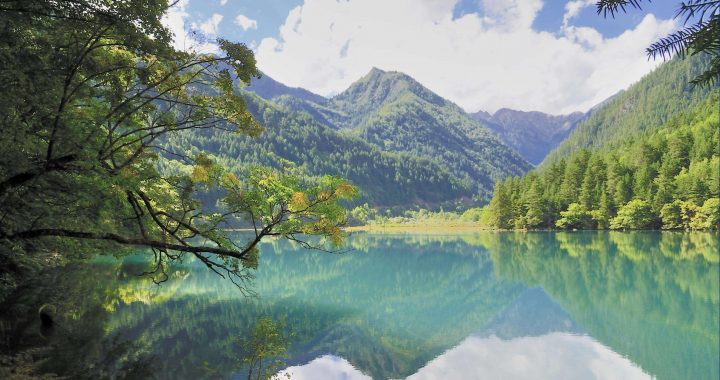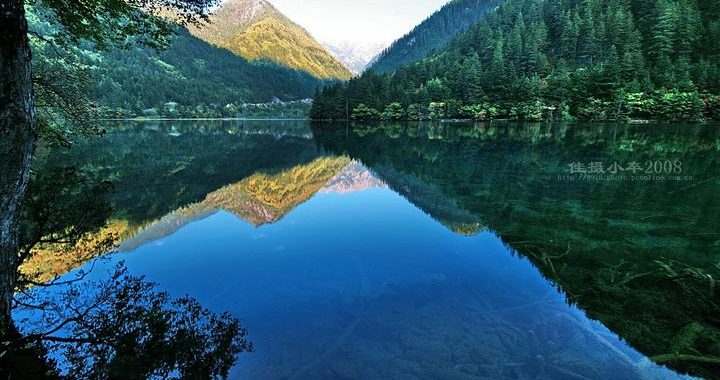Jiuzhaigou,a Place of Breath-Taking Beauty
2 min read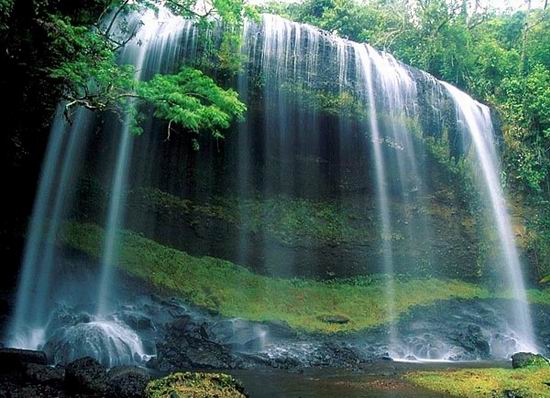
Jiuzhaigou National Park is a nature reserve in the north of Sichuan,a province in southwestern China.It is known for its many multi-level waterfalls and colorful lakes,and wasdeclared a UNESCO World Heritage Site in 1992.It belongs to the category V(ProtectedLandscape)in the IUCN system of protected areacategorization.
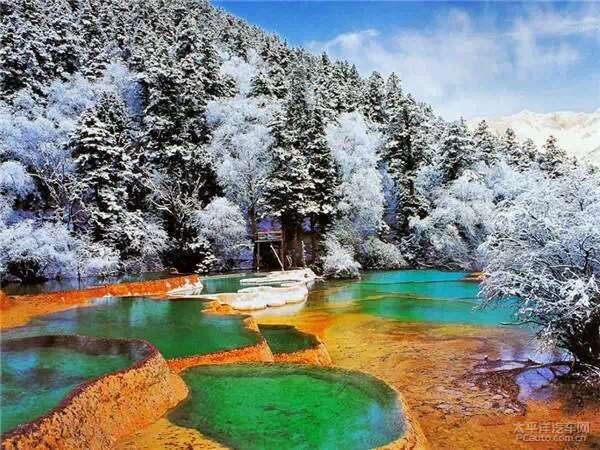
Known in English as Jiuzhai Valley it lies at thesouthern end of the Minshan mountain range,330 kmnorth of the provincial capital of Chengdu.It is part of theJiuzhaigou County(formerly Nanping County)in the AbaTibetan Qiang Autonomous Prefecture of northwesternSichuan province,near the Gansu border.
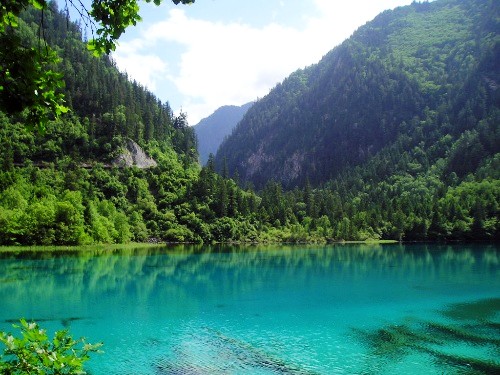
The valley covers 720 km(278 sq mi),with bufferzones covering an additional 600 km.Its elevation,depending on the area considered,ranges from 1,998 to 2,140 m(at the mouth of ShuzhengGully)to 4,558-4,764 m(on Mount Ganzigonggai at the top of Zechawa Gully).
The climate is cool and temperate,with an annual temperature of 7.2C,with an averagetemperature of-1’C in January and 17C in July.Total annual rainfall is 661 mm,80% of whichoccurs between May and October.
The remote region was inhabited by various Tibetan and Qiang peoples for centuries,butwas not officially discovered by the government until 1972.Extensive logging took place until1979,when the Chinese government banned such activity and made the area a national park in1982.An Administration Bureau was established and the site was officially opened to tourismin 1984.Layout of facilities and regulations were completed in 1987.The site was inscribed byUNESCO as a World Heritage Site in 1992 and a World Biosphere Reserve in 1997.
